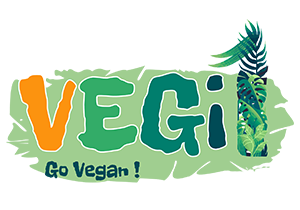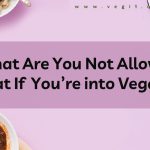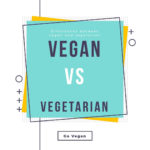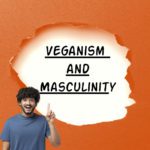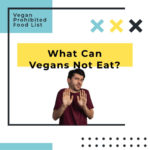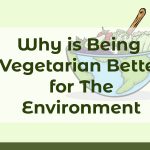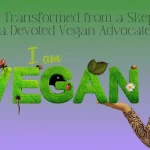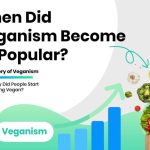Is Vegan Gluten-Free?
Exploring the Possibilities of a Plant-Based, Wheat-Free Lifestyle
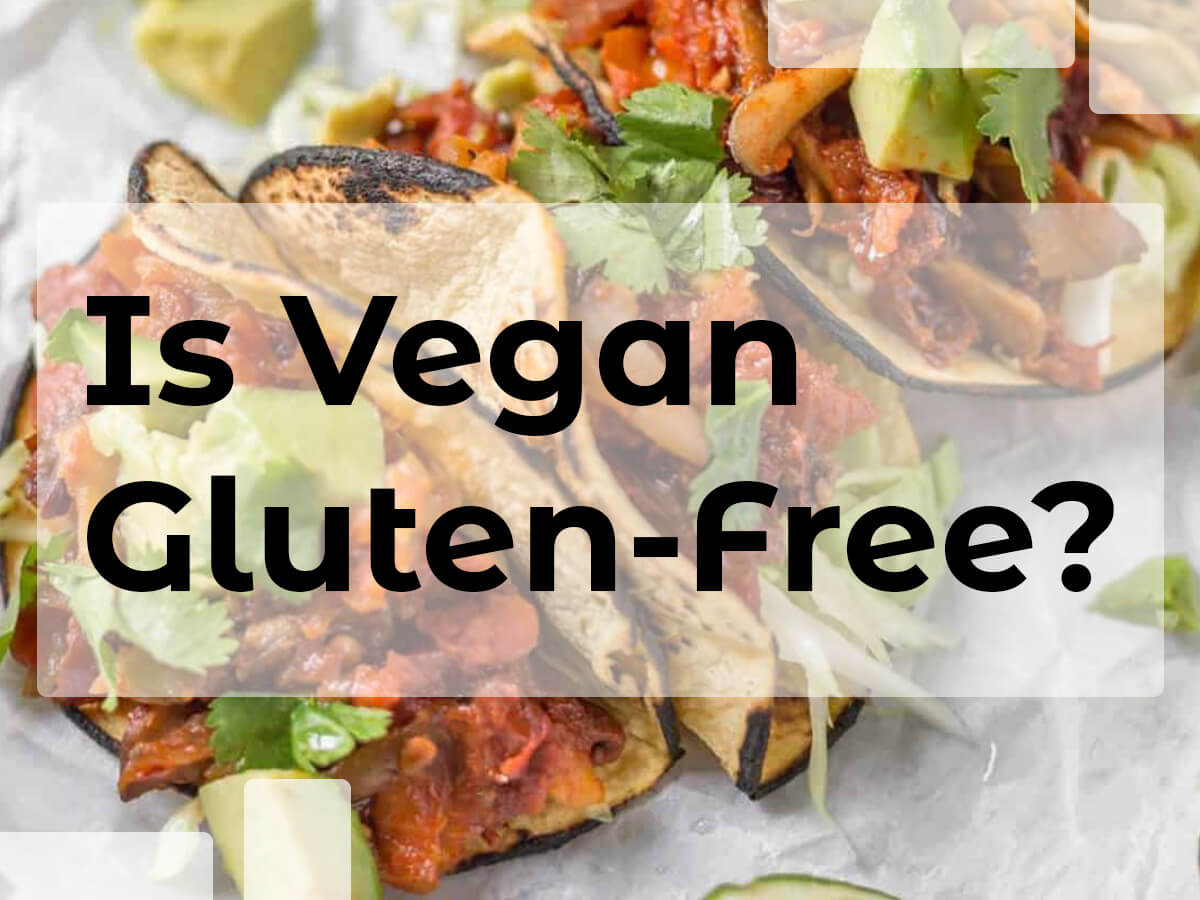
If you are following a vegan lifestyle, you might also be curious whether adopting a gluten-free diet is possible.
Rest assured, it is possible to adhere to both diets, but it requires careful thought and preparation.
In this article, I will explain what gluten is, why some individuals avoid it, and answer the question: Is Vegan Gluten-Free?
Additionally, I will provide essential tips for how to follow a following-free diet without sacrificing nutrition or taste.
So, if you’re considering making this dietary change, keep reading for helpful information and advice.
In this article you will read:
What is gluten?
It’s great that you’re curious about gluten and its presence in various foods.
You may have heard of gluten before, but let me provide more details about this widely used protein.
Gluten is a protein that naturally occurs in wheat, barley, and rye, along with their derivatives and cross hybrids.
It enables bread dough to rise and gives it that elastic texture that we all love while contributing to the chewiness of baked goods.
However, gluten isn’t just used in bread products.
It’s also present in many other processed foods, such as soups, sauces, cereals, snacks, and meat alternatives.
These products often use gluten as a thickener, binder, or filler.
But why does gluten matter?
Unfortunately, for some people, gluten consumption can cause adverse reactions.
Gluten-related disorders are a group of conditions that can be triggered by gluten, including celiac disease, non-celiac gluten sensitivity, wheat allergy, gluten ataxia, and dermatitis herpetiformis.
For people with celiac disease, eating gluten can trigger an immune response that damages the small intestine.
This can lead to a range of symptoms, such as digestive discomfort, diarrhea, and malabsorption of nutrients.
The non-celiOner hand doesn’t non-celiac gluten sensitivity damage the small intestine but can still lead to symptoms such as bloating, abdominal pain, and fatigue.
Overall, it’s essential to be aware of the presence of gluten in various foods, particularly if you have a gluten-related disorder.
Many food manufacturers now provide gluten-free options to accommodate those who need to avoid gluten.
So don’t worry; there are plenty of delicious gluten-free options.
Just be sure to check the labels and ingredient lists of processed foods and, when in doubt, ask your healthcare provider or a registered dietitian for guidance on a gluten-free diet.
Some people avoid gluten for medical reasons, such as celiac disease or gluten intolerance.
Other people avoid gluten for personal reasons, such as following a paleo or keto diet or believing that gluten causes inflammation or weight gain.
However, there is no conclusive evidence that gluten harms people who do not have celiac disease or gluten intolerance.
Gluten can provide health benefits like fiber, iron, and B vitamins.
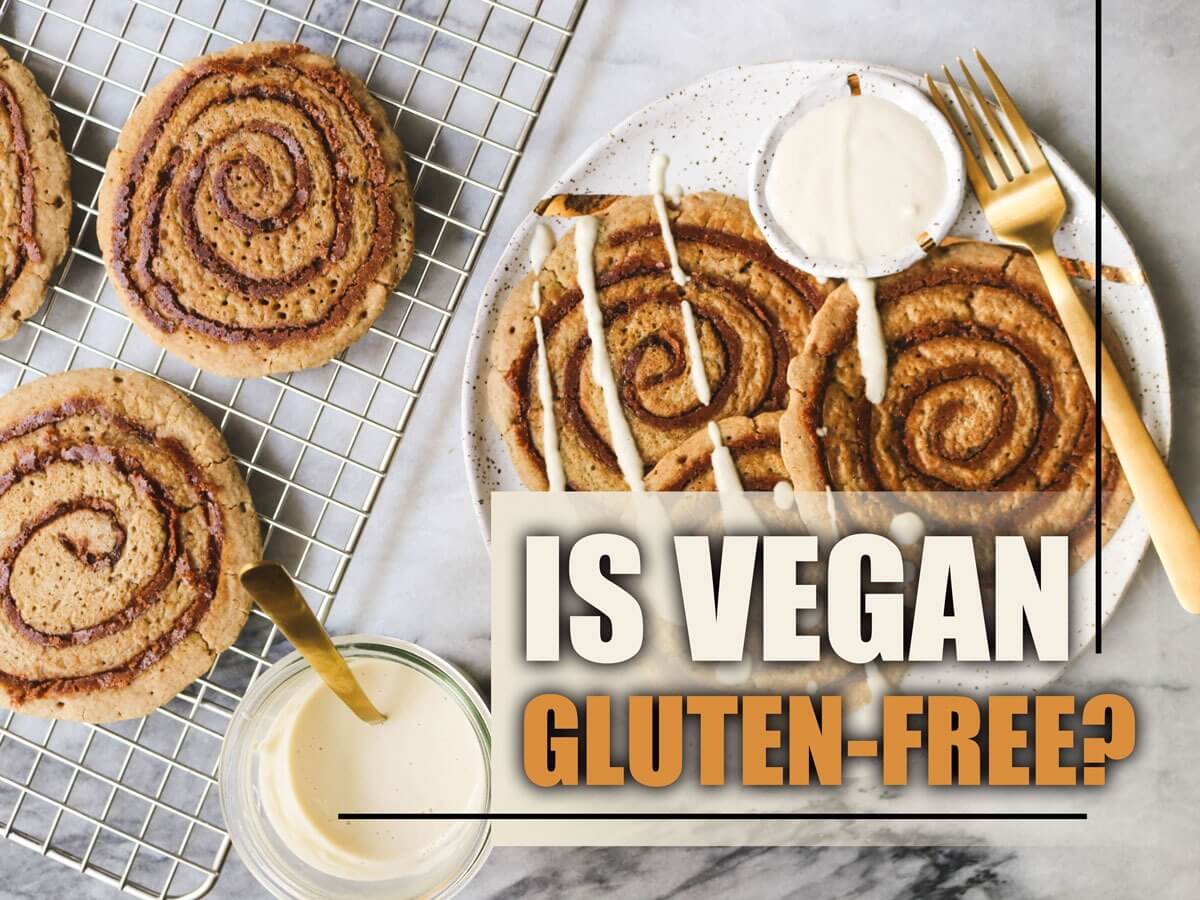
How to be vegan & gluten-free?
Adopting a vegan and gluten-free diet may seem daunting at first.
But with some thoughtful planning and attention to detail, it’s attainable and can even be enjoyable!
The most important thing to remember is to consume a well-rounded and diverse variety of foods that provide you with all the necessary nutrients.
Luckily, many delicious and nutritious foods, such as fruits, vegetables, legumes, nuts, seeds, grains, and fortified foods, fit the bill.
Here are some tips to assist you in adopting a Vegan Gluten-Free diet and navigating this exciting new dietary journey:
-
Use fruits, vegetables, seeds, and legumes
Make sure that you’re consuming a variety of fruits and vegetables regularly.
This ensures you get a range of vitamins, minerals, and antioxidants essential for maintaining good health.
Incorporate legumes (like chickpeas, lentils, and beans) into your meals to boost your protein and fiber intake.
These foods are versatile, delicious, and highly nutritious.
Nuts and seeds are a great way to get healthy fats, protein, and fiber into your diet.
You can quickly sprinkle them onto salads, blend them into smoothies, or enjoy them as a snack.
Fortified foods, such as plant-based milk and breakfast cereals, can be a valuable source of nutrients like calcium, vitamin D, and B vitamins.
-
Read labels carefully
Look for certified vegan and gluten-free products by reputable organizations like the Vegan Society or the Gluten-Free Certification Organization.
Avoid products that contain wheat, barley, rye, malt, spelled, kamut, triticale, or oats (unless they are certified gluten-free).
Also, watch out for hidden sources of gluten in ingredients like soy sauce, seitan (wheat gluten), tempeh (fermented soybeans), brewer’s yeast (a byproduct of beer making), or natural flavors.
-
Make sure to skimp on whole grains!
There are arPlentyen-free grains available e, such as quinoa, buckwheat, and brown rice that pr, providing a source of complex carbohydrates and nutrients.
Check out some of these delicious gluten-free, vegan foods and deserts for inspiration:
- Gluten-Free and Vegan Chocolate
- Gluten-Free Vegan Strawberry Cake
-
Try gluten-free pasta & noodles
If you love pasta and noodles, you don’t have to give them up on a vegan, gluten-free diet.
You can find gluten-free pasta and noodles made from rice, corn, quinoa, buckwheat, lentils, beans, or vegetables.
You can pair them with your favorite vegan sauces and toppings for a satisfying meal.
Here are some examples of gluten-free, vegan pasta and noodle dishes:
- Vegan Shawarma with Roasted Cauliflower and Chickpeas.
- Beefless Stew
- Tex-Mex Polenta Bowls
-
Use gluten-free alternatives for bread & wraps
Traditional bread and wraps are typically made with wheat flour containing gluten.
However, plenty of gluten-free alternatives are available that you can use instead.
These include corn tortillas, rice paper wrappers, lettuce leaves, nori sheets, or gluten-free bread and wraps.
You can enjoy your favorite fillings by incorporating them into sandwiches, tacos, burritos, spring rolls, sushi rolls, or salads.
Here are some fantastic ideas for vegan and gluten-free bread and wraps that you can try out:
- Budget-Friendly Shepherd’s Pie
- Hearty Purple Cabbage Soup – This colorful and flavorful soup is full of nutritious ingredients and is perfect for any occasion.
- Roasted Aloo Gobi – This Traditional Indian dish is vegan, gluten-free, and bursting with flavor from roasted potatoes and cauliflower mixed with fragrant spices.
You can try countless delicious gluten-free alternatives to spice up your diet, so get out there and have some fun exploring all the options available!
-
Supplement your diet with vitamin B12 and other nutrients.
It will be fantastic if you know the importance of getting all the essential nutrients, including vitamin B12, on a vegan and gluten-free diet.
Vitamin B12 is a crucial nutrient mainly found in animal products, making it trickier for vegans to get the necessary amount.
However, with thoughtful planning, it’s doable!
Vegans can obtain their vitamin B12 intake through supplements or by eating foods fortified with vitamin B12, like nutritional yeast, plant milk, cereals, and meat alternatives.
It’s important to note that some fortified foods may contain gluten, which you’ll want to look out for if you are gluten-sensitive.
Give yourself some peace of mind by taking a few extra moments to scrutinize the labels on products for gluten before buying them.
Iron, calcium, zinc, iodine, and protein may be lacking in a vegan, gluten-free diet.
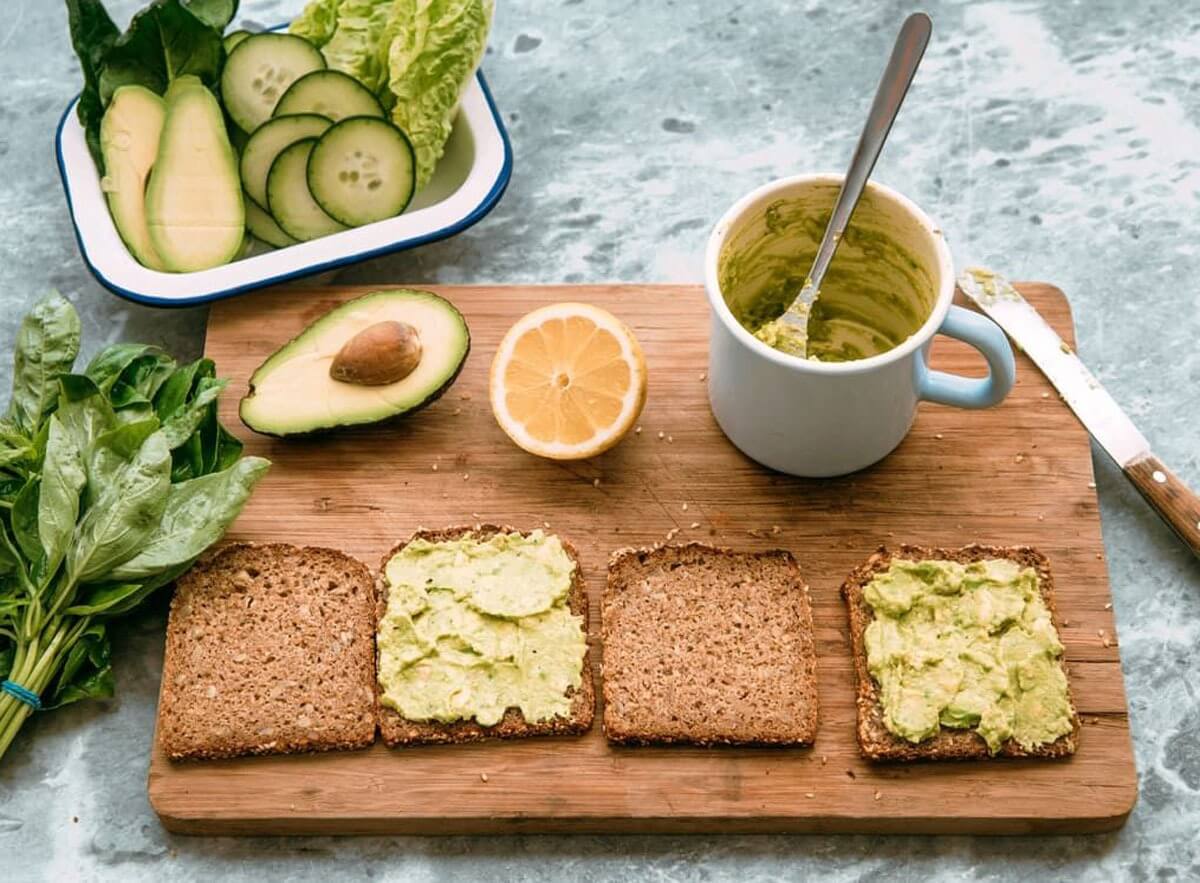
You can get these nutrients from a variety of plant foods, such as:
-
Iron
When it comes to maintaining proper iron levels on a vegan, gluten-free diet, diverse options are available e for consumption.
Some of the plant-based sources of iron that are both delicious and nutritious include leafy greens such as spinach and kale, as well as various legumes including beans, lentils, and tofu.
In addition to legumes, several grains, such as quinoa and fortified cereals, are also excellent sources of iron.
Nuts and seeds are also great options, such as cashews, almonds, sunflower seeds, and fruits like apricots and raisins.
-
Calcium
One great source of calcium is green leafy vegetables such as kale, collard greens, and turnip greens.
However, it’s worth noting that spinach contains oxalates that can bind to calcium and prevent absorption.
Aside from leafy greens, fortified plant milk and juices are also an excellent source of calcium, along with tofu made with calcium sulfate.
Nuts and seeds are another group of foods that are rich in calcium
Some great options include almonds, sesame seeds, and tahini – a paste made from ground seeds.
Additionally, dried fruits such as figs and blackstrap molasses – a product of sugar production – are also rich in calcium.
It’s important to note that the amount of calcium your body absorbs depends on factors such as vitamin D intake and other minerals consumed.
Therefore, always ensure a well-balanced diet that includes an adequate intake of all the necessary nutrients, and consult your registered dietitian if you have concerns about your calcium intake.
Discover the Best Vegan Sources of Calcium for Strong Bones
-
Zinc
Zinc is an essential mineral for various bodily functions, including immune system function, wound healing, and DNA synthesis.
Getting enough zinc from various plant-based sources is essential for those following a vegan and gluten-free diet.
Luckily, there are plenty of delicious and nutritious options available.
Legumes such as beans, lentils, and chickpeas are excellent sources of zinc, as well as tofu and tempeh – two soy-based protein sources.
Nuts and seeds are other terrific options rich in zinc, specifically pumpkin seeds and hemp seeds in particular.
Whole grains like quinoa and oats (certified gluten-free) are also good sources of minerals when consumed in moderation.
Additionally, fortified cereals can be a good source of zinc, but it is essential to ensure that they do not contain any gluten or animal-derived ingredients.
It’s essential to ensure adequate zinc through a well-balanced diet.
Although zinc deficiency is rare for most people, those following a strict, plant-based diet may need to
pay particular attention to their zinc intake to avoid the risk of deficiency.
The recommended daily zinc intake is around 8-11mg for adults, but this may vary depending on your needs.
Foods High in Zinc for Vegetarians and Vegans
-
Iodine
Iodine is an essential mineral that is critical in maintaining proper thyroid function.
For individuals following a vegan, gluten-free diet, there are sources of iodine available to meet their daily requirements.
One of the most common sources of iodine is iodized salt, which contains added iodine to help prevent iodine deficiency.
However, it’s important to note that excessive salt intake can contribute to high blood pressure, so it’s essential to use it sparingly.
Seaweed is another excellent source of iodine for a plant-based diet.
Varieties such as nori and kelp contain high levels of iodine, making them a great option to include in your meals.
However, it’s essential to ensure to choose the best kind and avoid any ocean-picked varieties that could be contaminated with heavy metals.
Fortified plant milk is also another great source of iodine.
Fortification involves adding iodine to the product to increase its iodine content.
Aside from the fortified plant milk, you can also find other foods, such as bread, cereal, and tofu, fortified with iodine.
It’s essential to ensure you consume enough iodine through a well-balanced diet.
While most people should be able to meet their daily requirements by eating a varied and balanced diet, those following a vegan and gluten-free lifestyle may need to pay particular attention to their iodine intake to avoid the risk of deficiency.
The recommended daily iodine intake is 150 mcg for adults, but this may vary depending on your needs.
Combining these sources into your diet can quickly meet your daily iodine requirements healthily and sustainably.
The best sources of iodine on a vegan diet
-
Protein
Protein is an essential macronutrient that helps build and repair tissues in the body.
Getting enough protein from various plant-based sources is essential for those following a vegan, gluten-free diet.
Fortunately, there are various options available that are both delicious and nutritious.
Legumes such as beans, lentils, and chickpeas are excellent protein sources, as well as tofu and tempeh – two soy-based protein sources packed with essential amino acids.
Seitan is another excellent option – a wheat gluten-based protein source often used as a meat substitute, but gluten-free varieties are also on the market.
Nuts and seeds are also excellent sources of protein.
In particular, almonds and peanuts are excellent sources of nutrients, as well as pumpkin and chia seeds.
Whole grains such as quinoa, amaranth, buckwheat, teff, and millet are another excellent source of protein when consumed in moderation.
Additionally, gluten-free oats can provide an ample amount of protein.
It’s essential to ensure you’re consuming enough protein through a well-balanced diet, especially for those following a plant-based diet.
A good goal is to get at least 1 gram of protein per pound of body weight daily.
However, the amount of protein you need varies depending on age, gender, and activity level.

Conclusion
A vegan, gluten-free diet can be healthy and enjoyable if you follow some basic guidelines and pay attention to your nutrient intake.
You can eat a wide range of delicious foods that are naturally vegan and gluten-free or use gluten-free alternatives to recreate your favorite dishes.
Remember to consult a health professional if you have any questions or concerns about your diet.
With some planning and creativity, you can be vegan and gluten-free without compromising taste or nutrition.
Let’s see if you want to add more data to my article.
